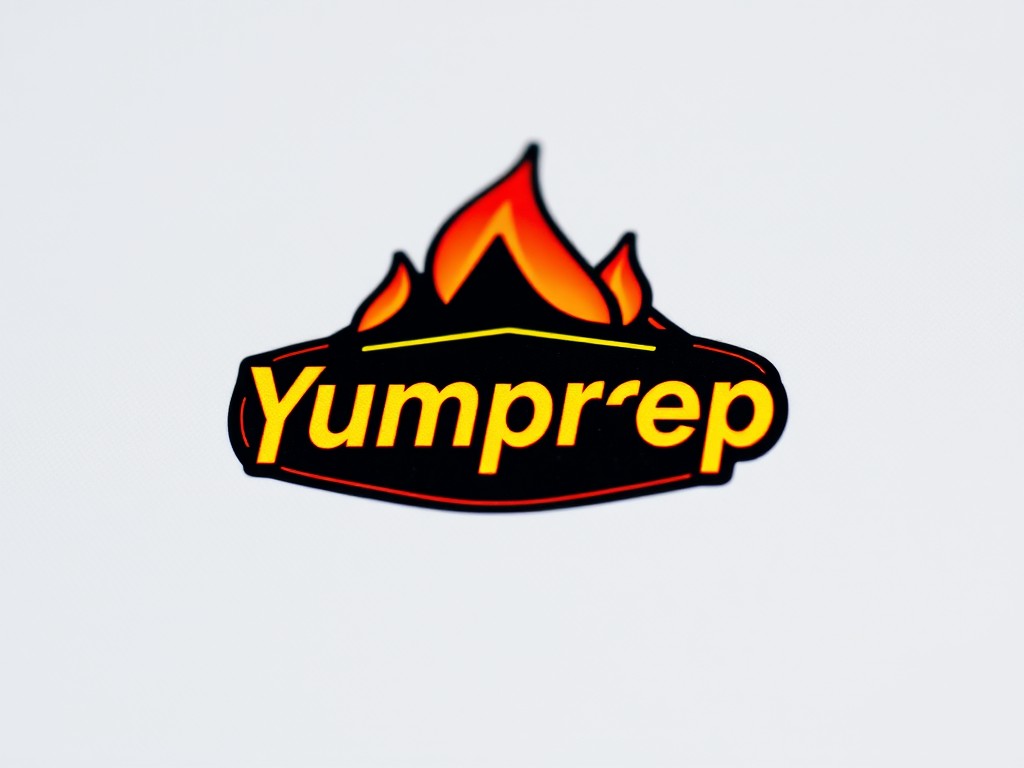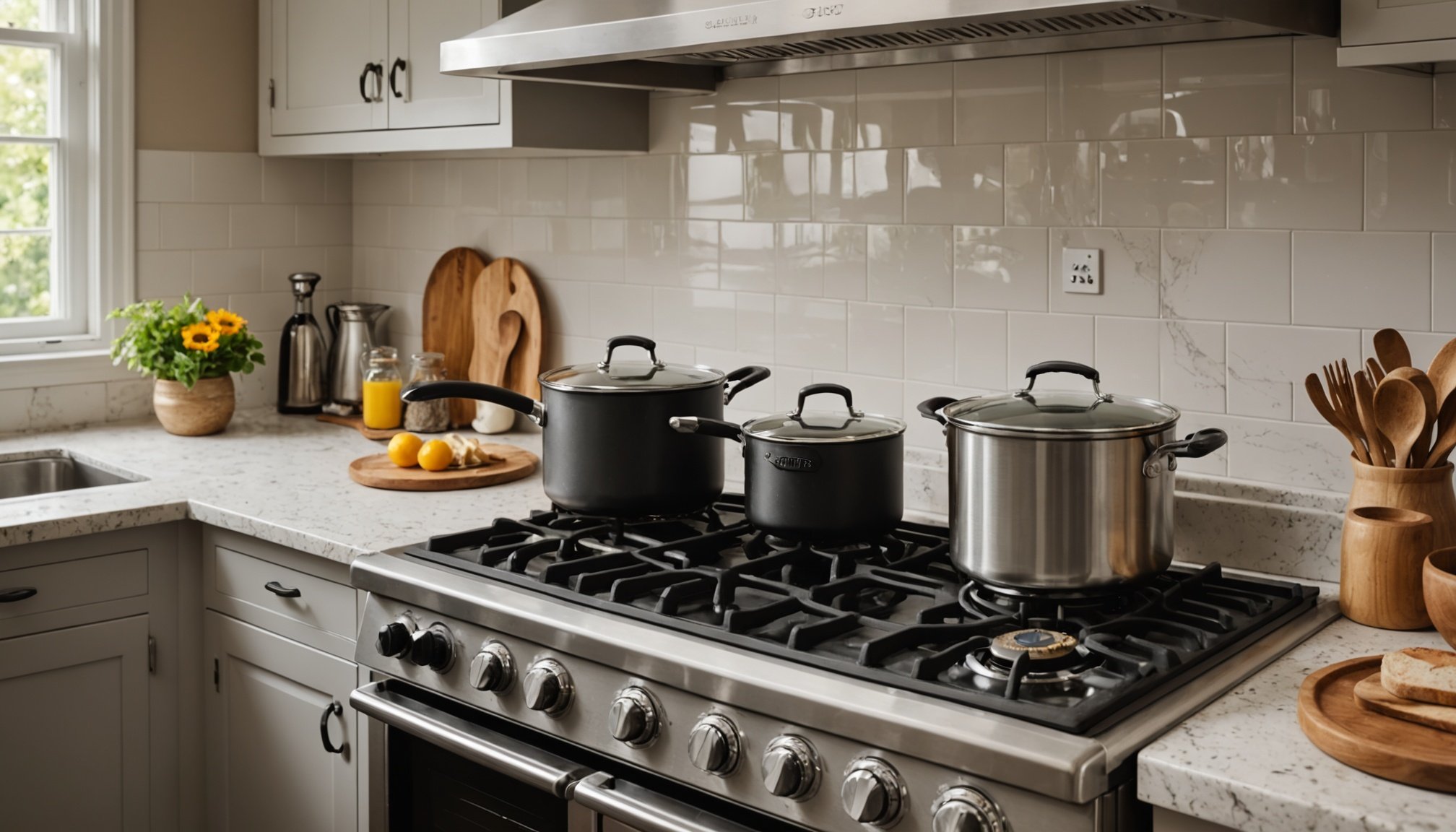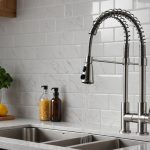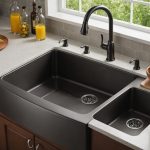Installing a gas stove in a small kitchen can be both practical and challenging. Limited space requires careful attention to safety guidelines to prevent hazards. Proper ventilation, clearances from combustibles, and adequate gas line connections are essential for a secure installation. Follow these guidelines to create a functional cooking environment while ensuring safety. With the right approach, you can enjoy the convenience of a gas stove without compromising your well-being.
Safety Precautions for Gas Stove Installation
Ensuring safety during the installation process is crucial.
Also read : Essential Kitchen Features for Passionate Bakers: Elevate Your Baking Experience!
Importance of Gas Leak Detection and Prevention
Detecting and preventing gas leaks is paramount for gas stove installation. Gas leaks can lead to dangerous situations, such as fires or explosions. It is vital to install a gas detector in your kitchen. This device can alert you to the presence of gas, allowing you to take immediate action. Regularly check connections and hoses for wear and tear, and replace them if necessary.
Personal Protective Equipment (PPE) During Installation
Wearing personal protective equipment (PPE) is essential when installing a gas stove. PPE, such as gloves and safety goggles, protects you from potential hazards. Handling gas connections requires precision, and PPE can prevent injuries from unexpected incidents. Always ensure that your PPE is in good condition and fits properly before beginning the installation.
Also read : Essential Guidelines for Installing a Heat Recovery Ventilation System in Your UK Kitchen
Common Hazards Associated with Gas Stoves
Gas stoves come with several common hazards that should be addressed. These include the risk of carbon monoxide poisoning, burns, and fires. Ensure proper ventilation in your kitchen to mitigate these risks.
- Gas Leak: Regular checks are vital.
- Carbon Monoxide: Install a detector.
- Fire Risk: Keep flammable items away.
Taking these safety precautions seriously can significantly reduce the risks associated with gas stove installation in small kitchens.
Step-by-Step Installation Process
Follow these steps for a safe and efficient gas stove installation.
Preparing the Kitchen Space
Before beginning the gas stove installation, ensure your small kitchen is ready. Clear the area of any obstructions and ensure adequate ventilation. This preparation is crucial for both safety and ease of access during the installation. Verify that the space meets the necessary clearance requirements to prevent overheating and ensure proper airflow.
Connecting the Gas Line Securely
The next step involves securely connecting the gas line. Use a wrench to attach the gas line to the stove, ensuring a tight fit to prevent leaks. A leak detection solution can be applied to check for any escaping gas. If bubbles form, tighten the connection further. This step is critical in maintaining safety and efficiency.
Ensuring Proper Electrical Connections
For models requiring electricity, ensure proper electrical connections. This involves safely connecting the appliance to the power source, adhering to the manufacturer's guidelines. Check that the voltage is compatible with your stove's requirements.
Checklist for Installation:
- Clear kitchen space
- Secure gas line connection
- Verify electrical compatibility
By following these installation steps, you can achieve a safe and effective setup of your gas stove in a small kitchen.
Space-Saving Considerations
Optimizing your small kitchen design for efficiency and style.
Choosing the Right Size and Model of Gas Stove
Selecting the appropriate gas stove for a small kitchen is essential. Focus on compact models that fit seamlessly into your space without compromising functionality. Consider a two-burner stove instead of a traditional four-burner to save space. This choice allows for more room to maneuver and optimizes your kitchen design.
Tips for Maximizing Workspace Around the Stove
Effective space optimization involves strategic placement of your gas stove. Position it near the countertop to create a cohesive cooking area. Utilize vertical storage solutions, such as wall-mounted racks, to keep essential tools within reach. This method not only frees up counter space but also enhances the overall kitchen design.
Innovative Storage Solutions for Small Kitchens
Incorporate innovative storage solutions to maximize your small kitchen. Consider installing pull-out shelves and corner units to utilize every inch of space. Use magnetic strips for knives and utensils, keeping them accessible yet out of the way. These strategies ensure a clutter-free environment, enhancing both functionality and aesthetics.
Space Optimization Tips:
- Choose compact gas stoves
- Use vertical storage
- Install pull-out shelves
By focusing on these space-saving considerations, you can create a functional and stylish small kitchen that meets all your culinary needs.
Ventilation Requirements
Enhancing air quality is essential for safe and efficient gas stove use.
Importance of Proper Ventilation in Small Spaces
Proper ventilation is crucial in a small kitchen to maintain optimal air quality. Without adequate ventilation, cooking fumes and gases can accumulate, leading to health issues and discomfort. A well-ventilated space ensures that gas stove exhaust is effectively removed, reducing the risk of carbon monoxide buildup and enhancing overall safety.
Types of Ventilation Systems Suitable for Gas Stoves
There are various ventilation systems suitable for gas stoves. Range hoods, ducted systems, and recirculating hoods are popular options. Range hoods capture and expel cooking fumes, while ducted systems channel them outside. Recirculating hoods filter and recirculate air within the kitchen. Each system has its advantages, depending on your kitchen layout and needs.
Recommended Practices for Maintaining Air Quality
To maintain good air quality, regularly clean your ventilation system's filters and ensure they are functioning correctly. Open windows or use fans to increase airflow during cooking. Consider installing a carbon monoxide detector as an additional safety measure.
Ventilation Tips:
- Install range hoods or ducted systems
- Regularly clean filters
- Use fans to boost airflow
By implementing these ventilation requirements, you can significantly improve the safety and comfort of your small kitchen.
Compliance with Local Codes
Ensuring adherence to regulations is essential for a safe installation.
Overview of Building Codes
Building codes for gas stove installation are designed to ensure safety and efficiency. These regulations often dictate the materials used, the distance from combustible surfaces, and the type of ventilation required. Compliance with these codes is non-negotiable and can affect both safety and legality. Understanding these codes is the first step in achieving a compliant installation.
How to Check Local Regulations and Permits
To comply with local regulations, it is essential to consult your local building authority. They provide the specific requirements and permits needed for your area. This process can involve submitting plans or undergoing inspections. Ensuring your installation aligns with these regulations prevents potential fines and hazards.
Steps to Check Compliance:
- Contact local building authority
- Obtain necessary permits
- Schedule inspections if required
Consequences of Non-Compliance
Failure to adhere to gas stove regulations can result in severe consequences. These include fines, increased insurance premiums, or even mandatory removal of the stove. Non-compliance can also pose significant safety risks, such as increased fire hazards or gas leaks. Prioritizing compliance ensures a safe and lawful kitchen environment.
Troubleshooting Common Installation Issues
Identifying problems early can prevent costly repairs.
Resolving Gas Leaks
Gas leaks are a critical concern during gas stove installation. To identify a leak, apply a soap solution to the connections; bubbles indicate a leak. Tighten the fittings or replace faulty hoses. Regular checks ensure safety and efficiency. Gas stove troubleshooting should always include inspecting the gas line for wear and tear.
Addressing Ignition Issues and Uneven Heating
Ignition problems can be frustrating. Ensure the ignition system is clean and free from debris. If the stove fails to light, check the spark electrode and replace it if damaged. Uneven heating may result from clogged burners; cleaning them can resolve this. Installation problems often arise from improper alignment, affecting performance.
Regular Maintenance Tips for Longevity and Safety
Consistent maintenance is vital for a gas stove's longevity. Clean burners and ignition systems regularly. Inspect gas lines and connections periodically. This practice prevents installation problems and ensures efficient operation.
- Gas Leak: Check connections regularly
- Ignition: Clean spark electrodes
- Heating: Maintain burner cleanliness
By following these maintenance tips, you can enhance the safety and functionality of your gas stove, making it a reliable kitchen appliance.
Frequently Asked Questions
Providing clarity on common concerns related to gas stove installation and use.
Common Concerns About Gas Stove Use in Small Kitchens
Gas stove FAQs often revolve around their suitability for small kitchens. A frequent question is whether these stoves can function safely in compact spaces. The answer is yes, provided that proper ventilation and safety measures are in place. Another common inquiry is how to optimize space without compromising functionality. Choosing a compact model and utilizing vertical storage solutions can effectively address this concern.
Clarifications on Safety Practices and Regulations
Safety is a top priority when installing a gas stove. Installation questions often include queries about necessary safety practices and adherence to local regulations. It's crucial to follow guidelines for gas leak detection, proper ventilation, and compliance with building codes. Regular maintenance checks ensure continued safety. Understanding these practices helps prevent hazards, such as carbon monoxide buildup.
Expert Advice on When to Call a Professional for Help
While many installation tasks can be done independently, there are situations where professional assistance is advisable. If you encounter persistent gas leaks or complex electrical issues, it's best to consult an expert. Professionals can ensure compliance with installation regulations and provide peace of mind. Always prioritize safety and expertise over DIY solutions in these instances.






